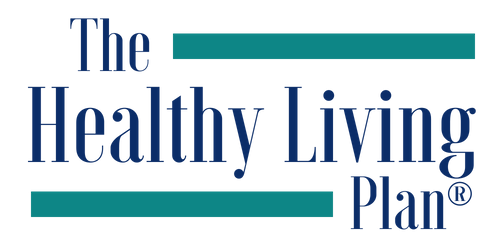Many people struggle with workplace dread – feelings of dread or anxiety about going to work. It can be caused by a variety of factors, such as a toxic work environment, a difficult boss, or simply feeling overwhelmed by your workload. If you are experiencing this type of dread on a regular basis, it’s important to take action to address the issue before it takes a toll on your mental health and overall well-being.
You don’t need to stay stuck in this pattern.
It can be common to think that you need to find ways to cope with the distressing feelings, such as quitting your job, taking stress leave or focusing on stress management techniques. Yet these solutions do not resolve the underlying cause of the intense stress response that you experience. One solution is Logosynthesis, a powerful technique that can help you identify and eliminate the underlying mental imagery to offer immediate and sustained relief from the feeling of dread.
How Logosynthesis resolves workplace dread.
If you are experiencing dread or anxiety about going to work, Logosynthesis can offer a powerful technique to help you relieve the distressing thoughts, emotions and physical sensations. Here are some steps you can take to use Logosynthesis to overcome your workplace dread:
- Pay attention to the specifics about what bothers you.
- Find a quiet place where you can be uninterrupted for about 30 minutes. Have a glass of water nearby.
- Use the guided video offered below.
- Notice any shifts and repeat the video, if necessary.
Note that the technique can take practice and it helps to have a trained professional guide you in the process. Also for deeper, more complex issues, the underlying perception can be harder to identify and occurs in layers over time and it is important to do get support from a Practitioner in Logosynthesis.
Donna’s example of resolving workplace dread
Donna’s story
Donna had recently started a new job as a caregiver and she was dreading going to work. When asked: “What is it you are dreading?”, she couldn’t answer. “It’s new. The disabilities are more severe than I originally expected. The reality hit me very hard. Deep down I know that I’ve been passionate about giving my time to help others. I know I’m doing good.”
We explored the sense of dread. Donna indicated that she was currently working 3 days / week and she felt the dread starting the day before and lasting until she went in to work. When at work, it felt more like anxiety rather than dread. As she explored her thoughts, she indicated: “I have to be mentally alert. It depends on who’s on lead. With some senior staff I am comfortable and with others, I have to be more alert.”
Applying the Logosynthesis Basic Procedure
As Donna connected with the distress, she rated it a 10 on a subjective distress scale from 0-10 with 10 being maximum distress.
I asked her to notice the space around her. She took her time and noticed noise around her. She was also able to identify the images of the residents. We used this perception for a cycle of Logosynthesis. After this cycle, she rated the distress as a 5. The dread had lessened and when she now thought of going to work, she noted the emotion as ‘anxious’. She could feel the sensation in her forehead as a tension headache.
As she allowed herself to be with the thoughts, emotions and physical sensations, the image of the word ‘Searching’ arose. We used this mental imagery as a label for another cycle of Logosynthesis. At the end of this cycle, I asked her what she noticed. She recalled a recent conversation about the amount of change that she had experienced in the past year. “New energy. New path. And a new career.” The distress was gone.
Noticing what shifts.
I received a message after the session that she was feeling calm but that she had a headache. She was going to treat the headache and take it easy. I encouraged her to follow up to help me understand if the shifts are sustained.
The next day, I received another follow up. “I went in to work just anxious but wasn’t dreading it like I have been. Something has shifted.” Another layer for another day but for now, the dread is gone and that felt better for her.
The following Sunday, a message showed up in my inbox: “Things have changed at work.” I didn’t want to assume so I messaged back: “In a good way?” Donna went on to tell me: “If anything negative happens, I found myself just carrying on. … It’s made me confident in the sense that I am able to feel a little more comfortable about my actions. …. I’ve started to feel comfortable with the people around and my personality is starting to come out. For the first time in three weeks, I’m not dreading going into work tomorrow.”

